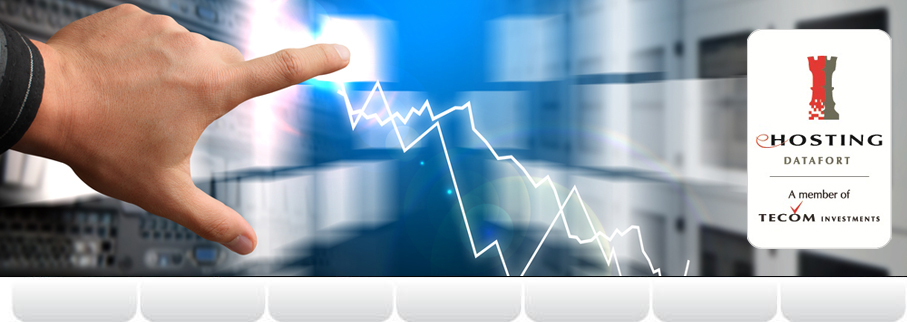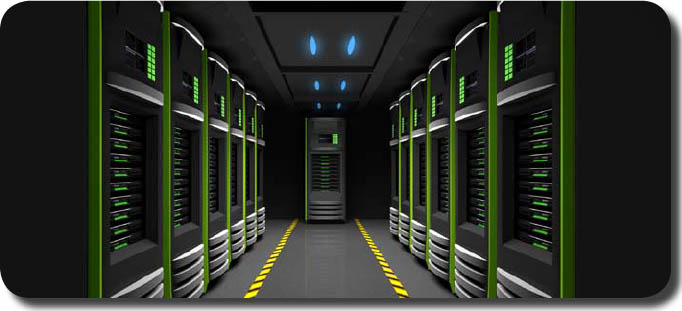
Four Forces to Have a Significant Impact on Data Centers During the Next Five Years |
|

By 2018, Data Center Space Requirements Will Be Only 40 Percent of What They Are Today
Source: Gartner
Four forces operating in the market today could result in data center space requirements that will shrink dramatically before the decade is out, according to Gartner.
The primary factors impacting data centers in a significant way during the next five years include: smarter designs, energy efficiency pressures (or green IT), the realities of high-density environments, and the potential of cloud computing.
“In the world of IT, everything has cascade effects, and in data centers the traditional methods of design no longer work without understanding the outside forces that will have an impact on data center costs, size and longevity,” said David Cappuccio, managing vice president and chief of research for infrastructure at Gartner. “However, these very forces can actually work in your favor, providing the means to apply innovative designs, reduce capital costs and operating costs, increase long term scale, and keep up with the business.”
Gartner recommends that data center managers who are trying to determine how to optimally design and plan for the leading-edge data center of the future focus on the following four factors:
Smarter Designs
Traditional methods of designing data centers were created during the mainframe era, and, because of their high costs, many mainframes were targeted for average performance in the mid-90 percent range during production time slots. As a result, there was minimal variation in the operating temperature or power consumption during long periods of time.
Today’s data centers have many different demands on mechanical/electrical systems, depending on workload mix, function and age of equipment. New designs have taken this into account by adding different density zones for different workload types. This zone might employ directed cold air, or even in-rack cooling to support very high density workloads with minimal disruption, or impact, on the rest of the floor. Secondary zones would support steady-state applications that consume a consistent amount of power and produce manageable heat loads, while low-density zones would be designed to support low-power equipment (perhaps telecom and storage).
Green Pressures
Most data center managers paid little attention to the “greening of IT,” unless they were pressured into it by senior management or the public. However, as awareness has increased, there has been a constant uptick in the attention paid to energy consumption in data centers, and new data center managers take a hard look at energy efficiency in both design and execution. The development and marketing of power utilization efficiency (PUE) by the Green Grid continues to gain ground in the market, and many new data centers are being developed with specific PUE targets in mind, for the energy-efficiency advantages and the public relations impact.